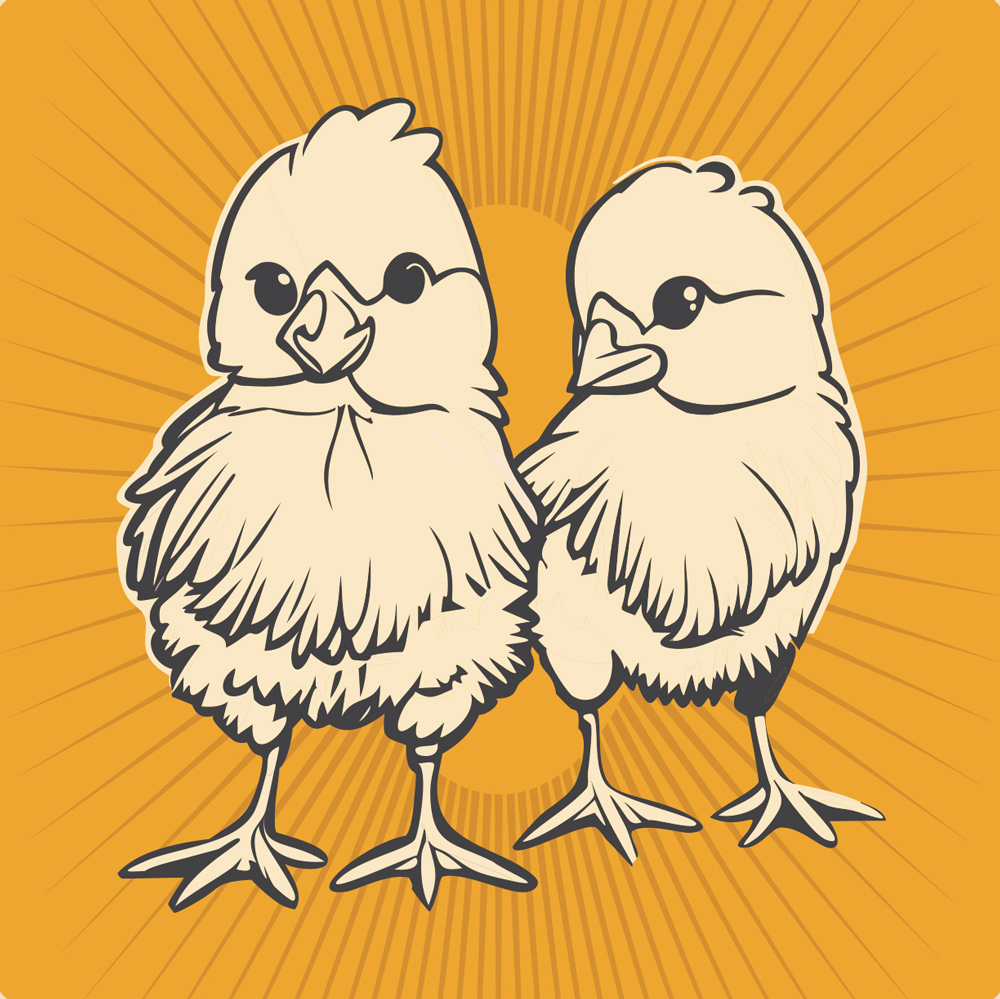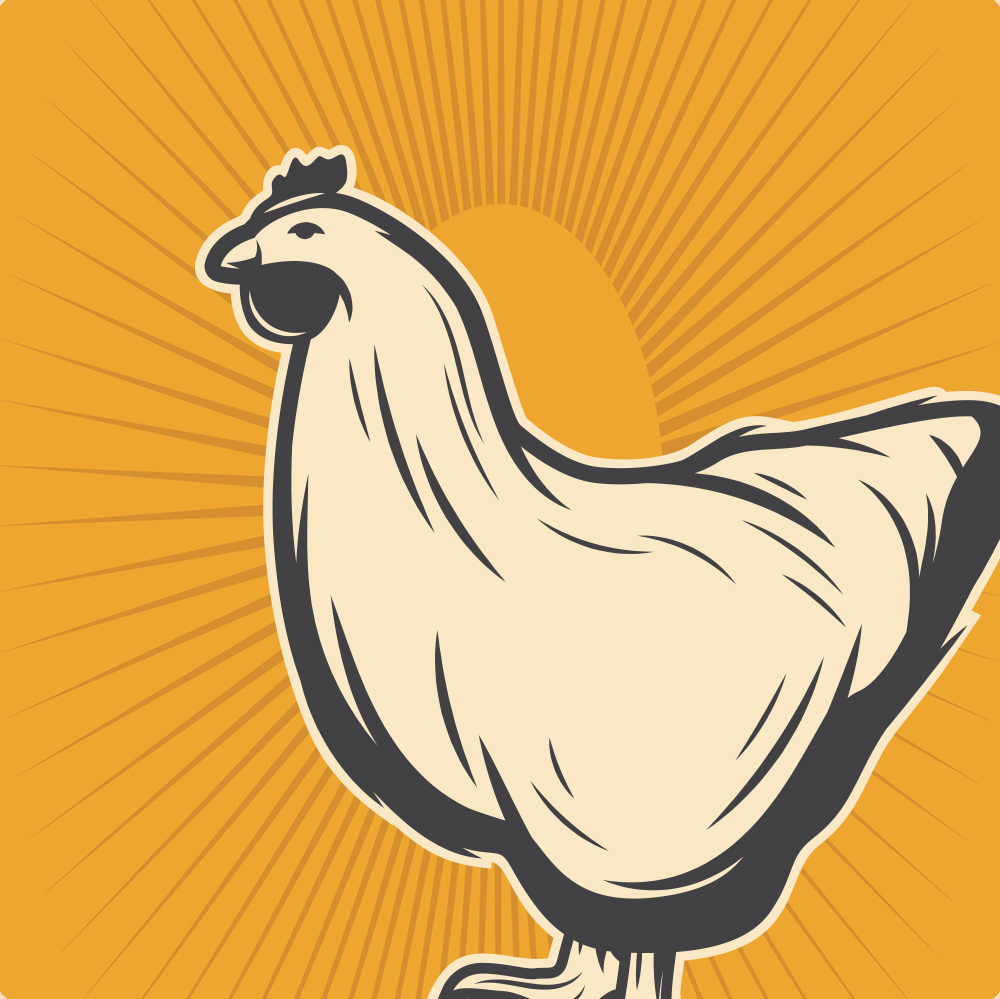Pheasant, Melanistic Mutant

Out of stock
Sold out for the season- SKU
- MelanisticMutantPheasant-G
Description
Minimum Pre-Order Quantity: 20 chicks For orders less than the species' minimums, please stop by our Loretto, Elk River, Stillwater, Forest Lake or Maple Plain stores (see all locations HERE). Stores will have live chicks in store starting in March. In store chick breeds will rotate throughout the season. *Sold as straight run only.
Check Out the Chicks!
Raising chickens is a rewarding and entertaining experience for people of all ages! At Spikes & Houles, we are committed to providing a high standard of care for chicks while in our possession, and providing you with the best direction and products to help your chicks thrive once they reach their new homes.
Details
- The brooder for pheasant chicks should be weather-tight, free from drafts, and rodent-proof. Clean and disinfect your brooder at least a week or two before the birds arrive so it is clean and dry. Use an enclosure of 12- to 14-inch-high cardboard chick guard to form a draft shield and to keep the birds from having corners to pile in. Use a three-foot circle for up to 50 birds
and a five to six-foot circle for 100 birds. Baby pheasants NEED 100-degrees to start. Red 250-watt heat bulbs work well, at least two bulbs for every 100 birds. Lower the temperature about five-degrees a week. - Use a one-gallon plastic fount for 35 birds and a three to four-gallon fount for 100. Putting marbles in the water will help the birds find the water and prevent them from getting wet or drowning. Put feed on feeder flats, egg flats, or even paper plates for the first couple days, so the birds find it easily. Regular metal reel feeders are fine after you take out the flats. Feed a 28% to 30% game bird or turkey starter. We recommend using NatureServe® Turkey/Gamebird Starter/Grower and NatureServe Turkey/Gamebird Pellets that contain essential oils, prebiotics, and probiotics. Do not use a chicken starter, as it does not contain enough protein. If you are going to release your pheasants, add oats, cracked corn, or weed seed to their ration at about four to six-weeks so they can identify with these feeds before release.
- Use a coarse dry litter for your birds. Wood shavings or clean, dry straw free of mold can be used. If you use straw be sure it is chopped or flattened so the baby birds can get around. If there are fine pieces in the litter, it is a good idea to cover it for a few days with burlap or even an old bed sheet, do not use paper. Keep the litter clean and dry throughout the growing period.
- At day old you should provide ½ to ¾-square foot of space per bird. At three to six-weeks, they need one-square-foot and at six to 12-weeks four-square feet per bird. Mature birds need 15 to 18-square feet of space. At six to seven weeks of age, the birds can go outside in the daytime in a covered pen. The outside air will help to condition the birds for release by promoting faster feathering.
- Pheasants are very cannibalistic. Nearly all feather pulling or worse is caused by overcrowding. Stuffy, poorly ventilated brooder spaces will also contribute to the problem. If it starts, darken the room if possible. Cover windows and doors leaving only enough light for the birds to find the feed and water. Utilizing red heat lamps also helps reduce pecking and cannibalism.
- Six to seven-weeks old is a good time to release your birds. They should be fully feathered; this is very important if they have back and head feathers missing, they will not make it past the first rainstorm. Good weather for the first 48-hours after release is important.
More Information
| Mature Weight Male | 2-4 lbs. |
|---|---|
| Mature Weight Female | 2-4 lbs. |
| Breeds | Pheasant |
| Bred For | Game Birds |
| Egg Color(s) | White |
| Eggs Per Year (Approx.) | under 50 |
| Egg Size | Small |


